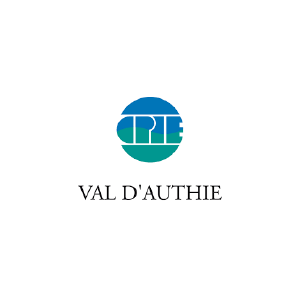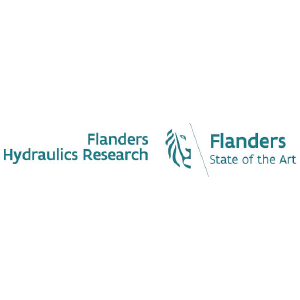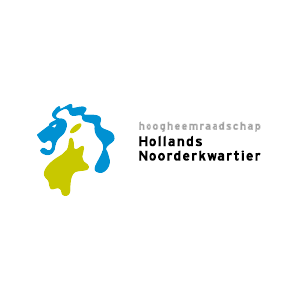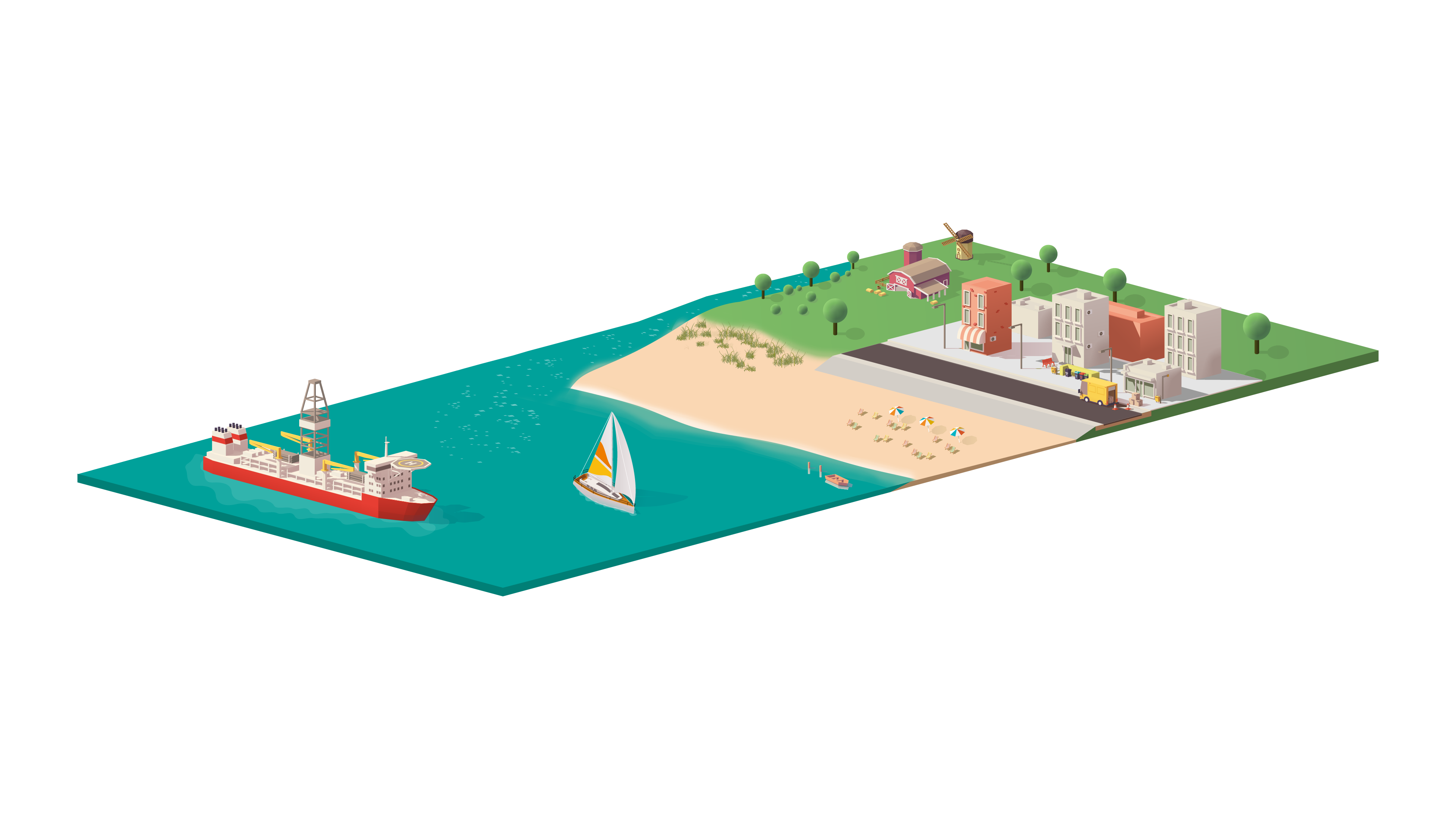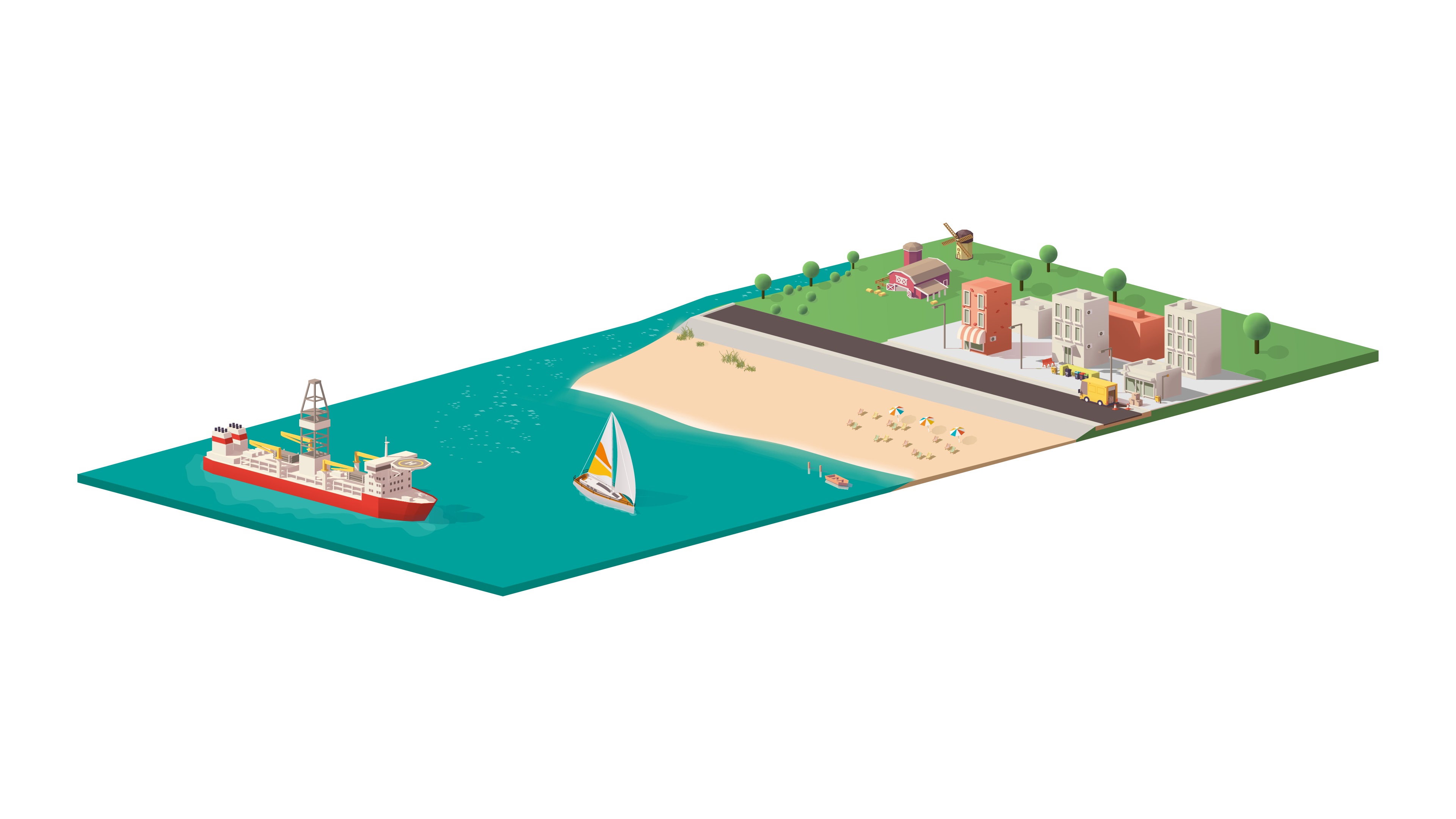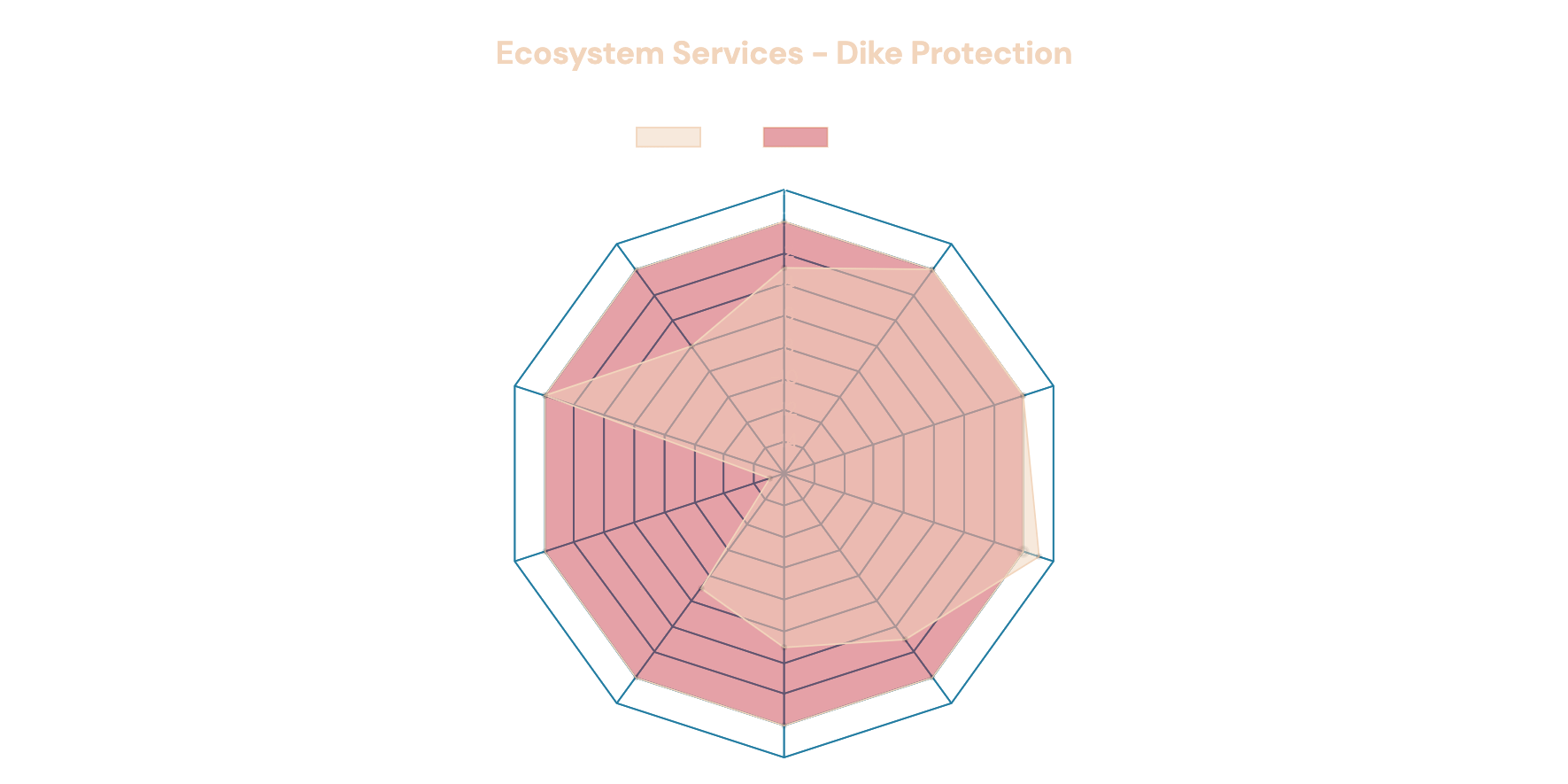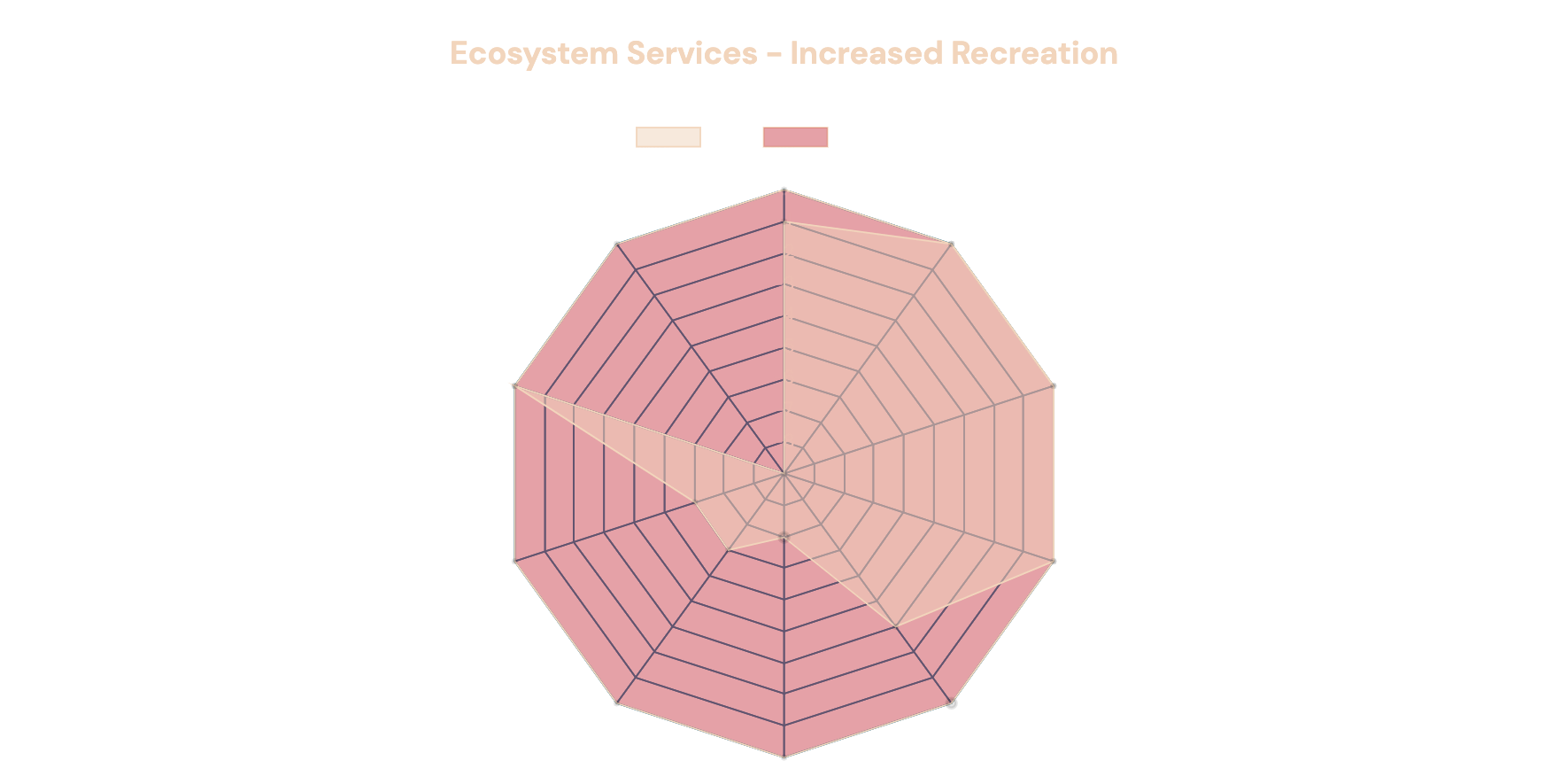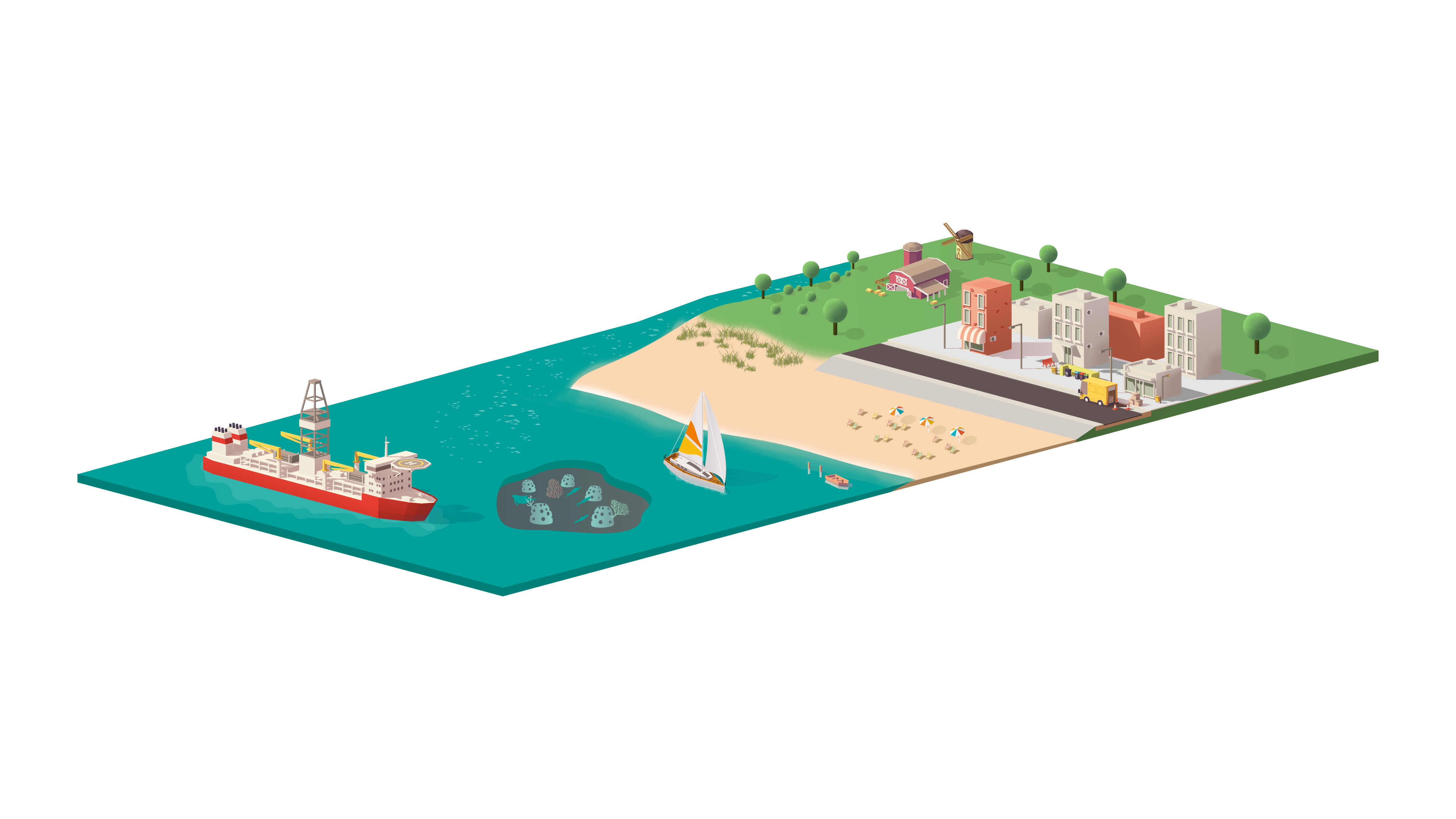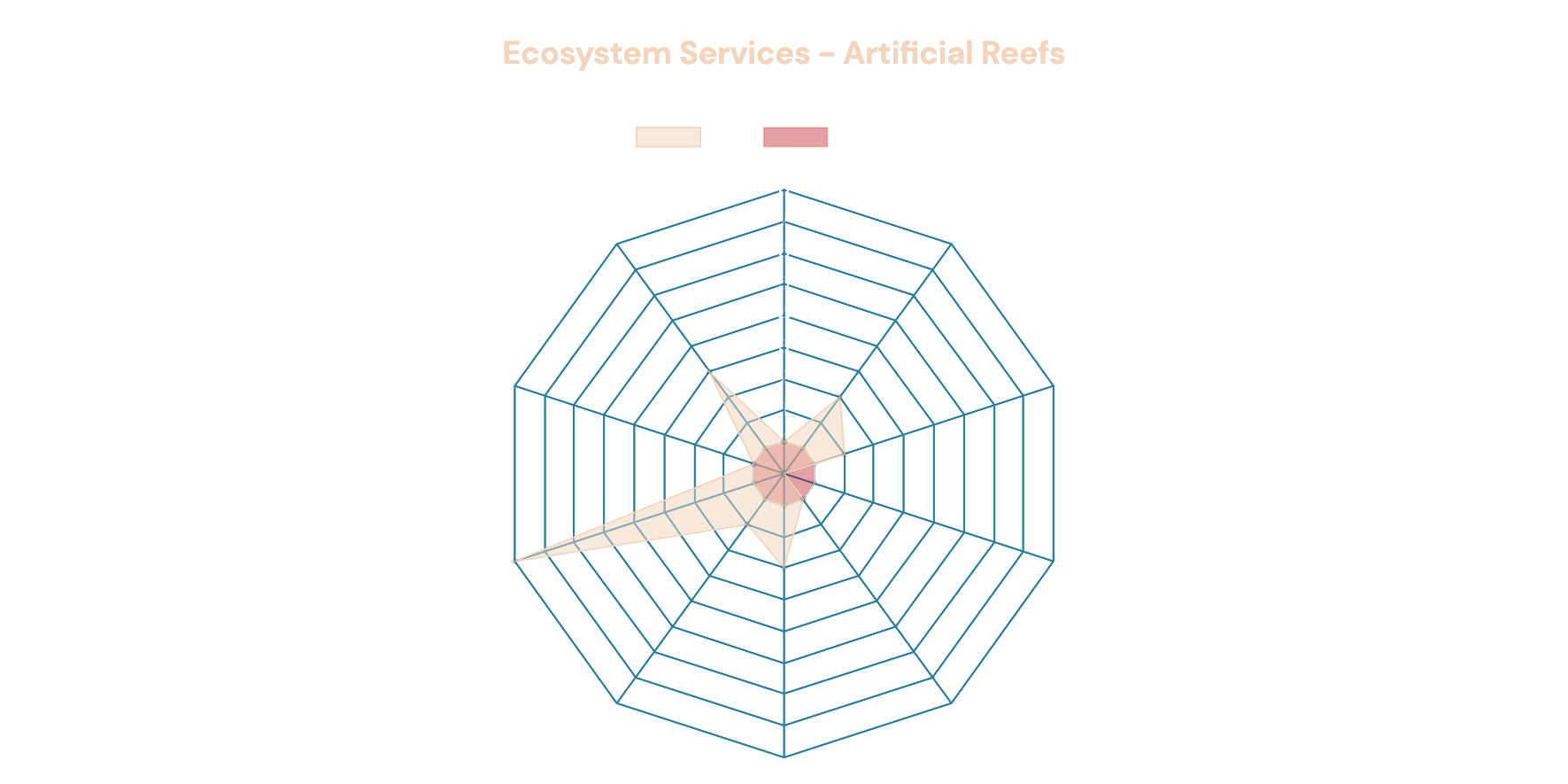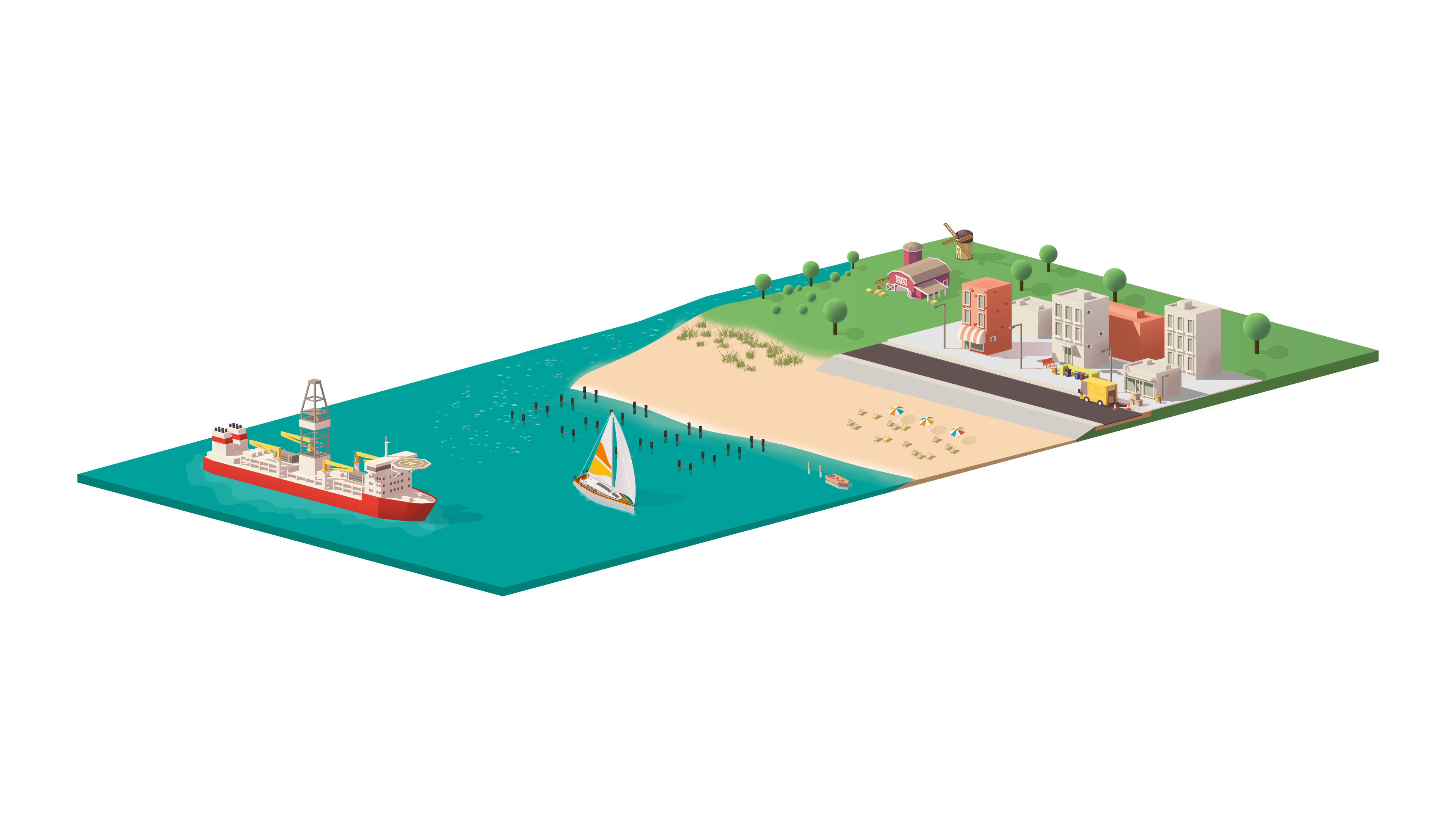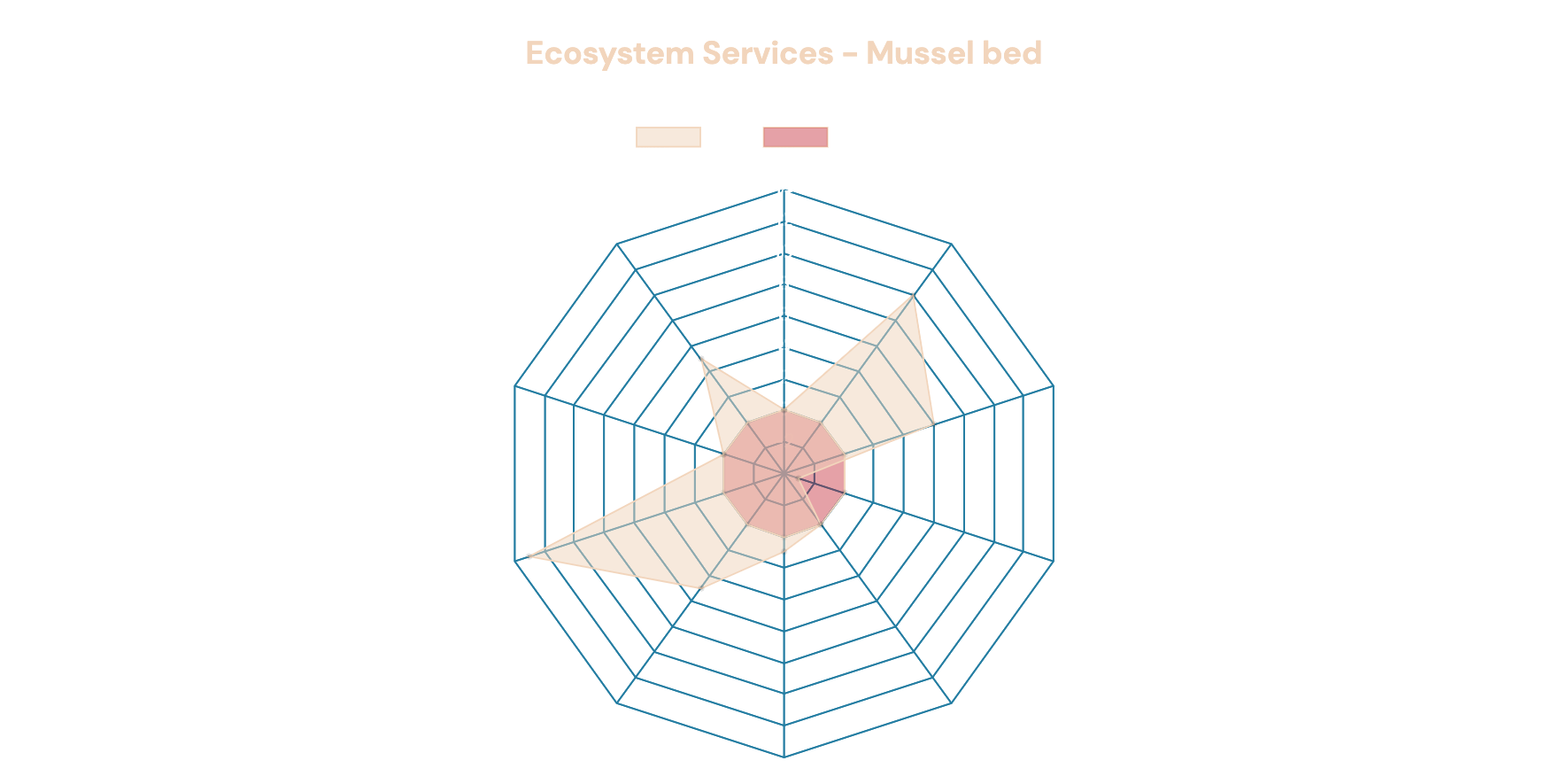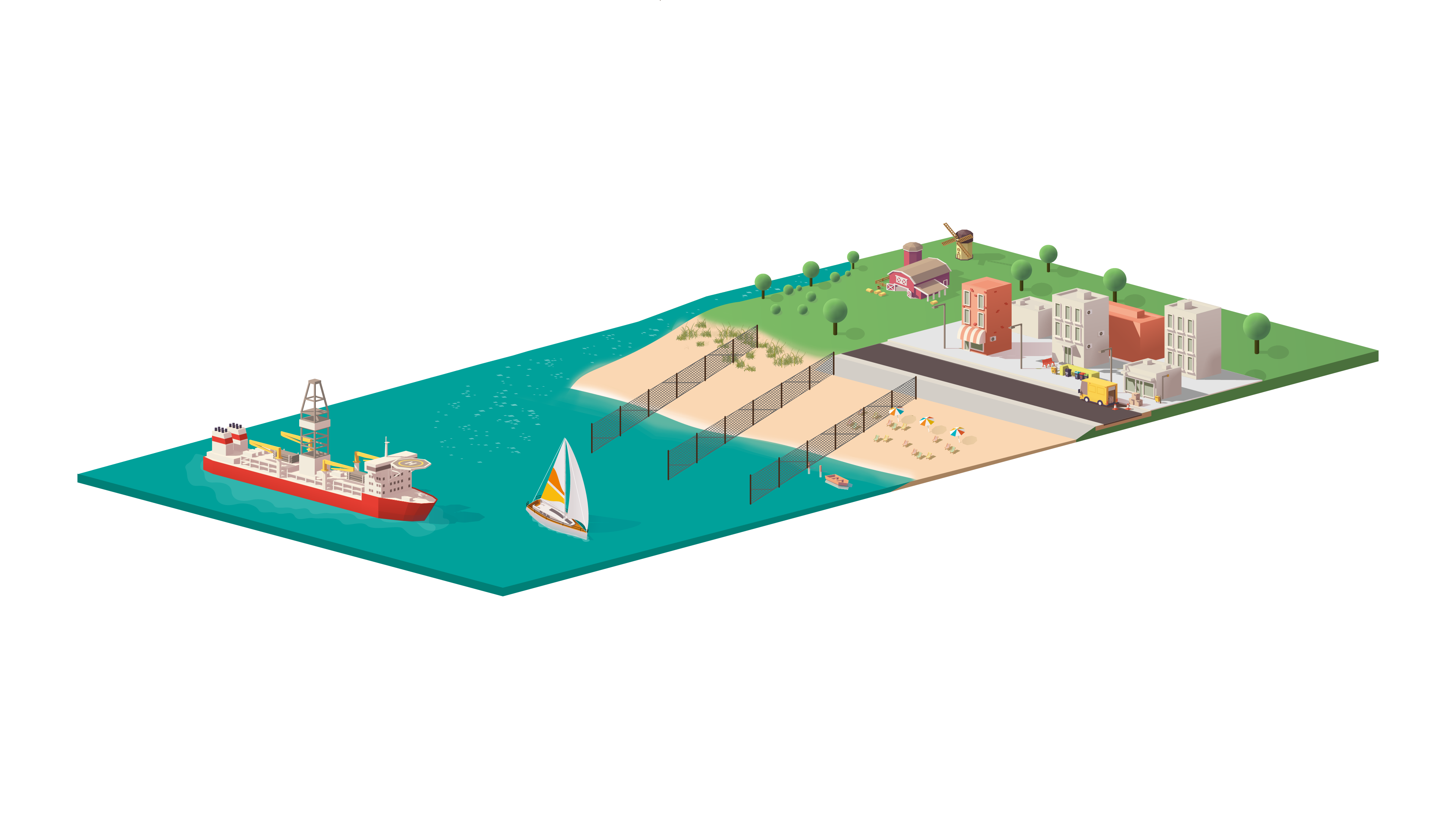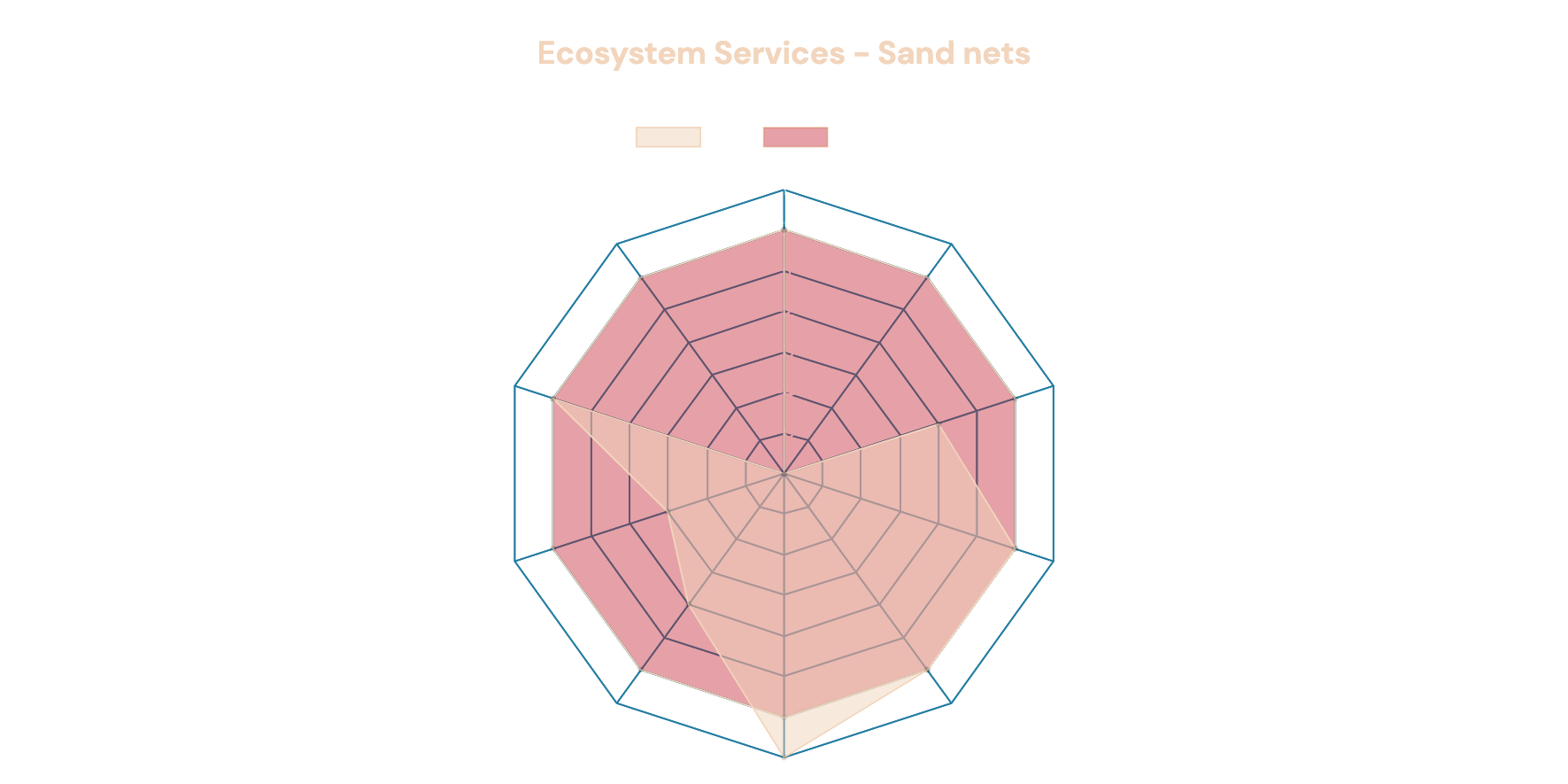Tool Development - Ecosystem Services
Natural ecosystems are valuable to biodiversity, and directly and indirectly contribute to human well-being. Natural values in terms of species richness and ecological interactions are the direct drivers of these socio-economic benefits, the services provided to humans by the ecosystem. Such ecosystem services can be classified into provisioning services (products obtained from ecosystems such as food, medicines, fresh water, wood, etc.), regulating services (benefits obtained from the regulation of ecosystem processes such as climate regulation, natural hazard regulation, pollination or pest control), cultural services (non-material benefits that people obtain from ecosystems such as intellectual development, recreation and aesthetic values) and habitat services (the strict value for biodiversity, by providing habitat and the viability of gene-pools and populations).
- Provisioning services: direct benefits to humans by allowing harvesting of typical marine resources (fishing, aquaculture, includes sediment reserves for construction works), but also tidal and wind energy. On land, agriculture, for example livestock grazing, is possible.
- Regulating services comprise the regulation of freshwater availability by infiltration from precipitation in dunes, flood protection by the presence of shallow sand banks, reefs under the sea-level, and the development of tidal marshes and coastal dunes at the contact zone between sea and land. Natural habitats provide important climate regulation services by the storage of organic material (carbon) in marine, tidal and terrestrial habitats. Such storage results mainly from the sedimentation and accumulation of organic material, often following uptake by the vegetation. Coastal habitats also provide an important function in the uptake of other chemical components (nitrogen, phosphates), including inorganic pollutants and therefore have a potential impact on water quality regulation as well.
- Cultural services are mainly related to recreation and tourism, and are therefore of major economic importance to coastal regions across the world
- Coastal areas are rich in Natura2000 habitats, and of direct importance in the protection of threatened species. The habitat services to maintain or improve viability of populations directly depends on their area, connectance, use, and vulnerability to invasive species
Here we provide a tool to spatial planners to demonstrate how changes in land-use in sandy coastal areas, such as those present along the North Sea, impact these diverse ecosystem services. We deliberately focus on the socio-economic aspects related to diverse scenarios of land-use through the changes of natural habitats. The quantifications are based on scientific research (Van der Biest et al. 2020) about anticipated changes in the coastal ecosystem processes, biotic as well as abiotic, that support biodiversity and ecosystem services, and their link to socio-economic benefits.
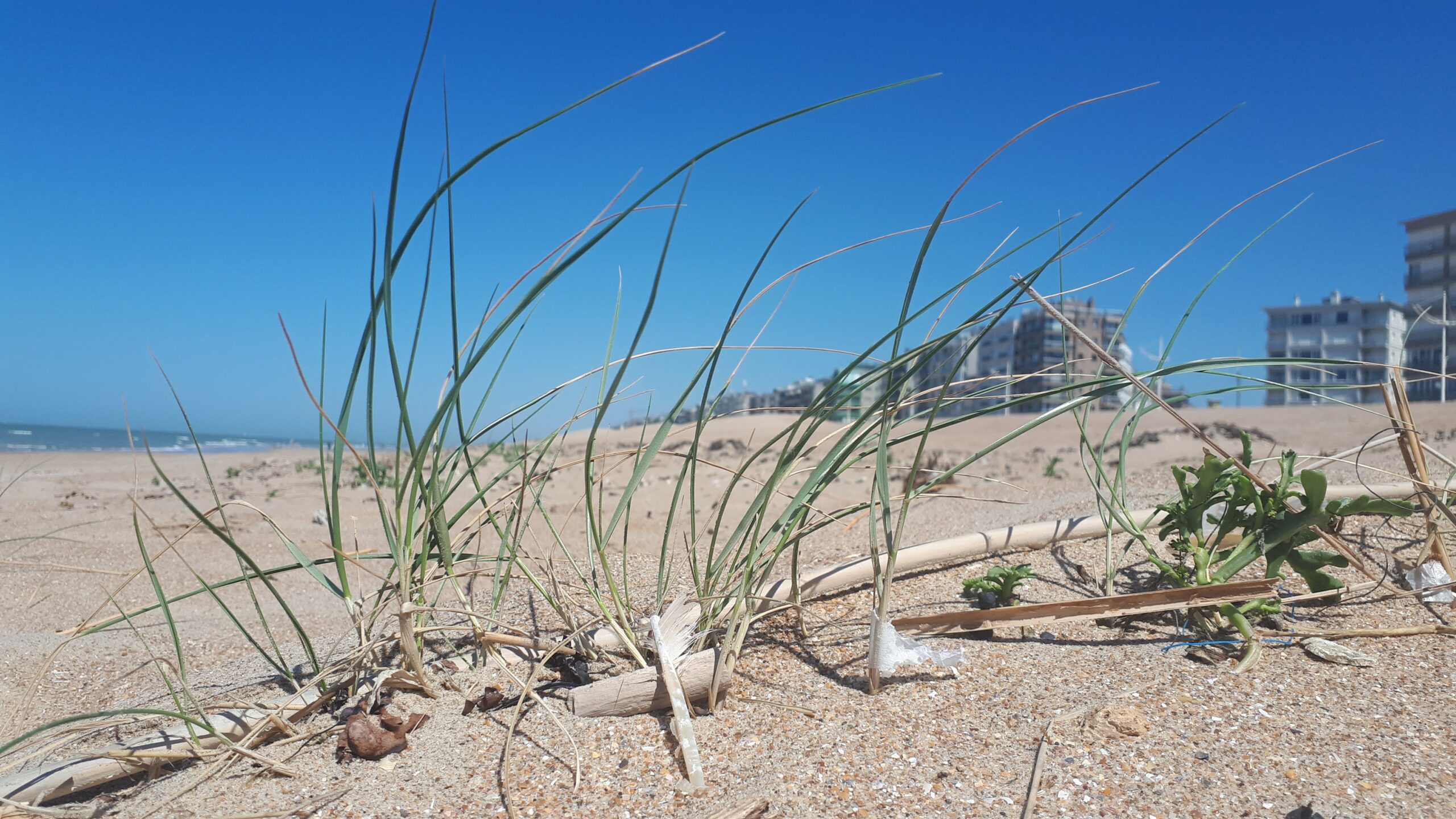

As a reference coastal area in the North Sea region, we consider a sea-land transect with a marine environment intensively used by industrial and recreational transport, coastal cities directly connected to the beach and usually protected by dikes, some inland agricultural activities, and –depending on the exact location- smaller or larger coastal dunes, or tidal marshes along estuaries.
Further reading:
We further document how spatial planning practices, starting from this reference, affect the multiple ecosystem services. This is done for two ‘business as usual’ scenarios with coastal areas being subject to increased recreation or the further development of dikes as a traditional static coastal protection measure. We especially emphasise measures that rely on ‘building with nature’, a concept based on the use of natural processes to keep us safe against coastal erosion and flooding, and by which both nature and people benefit.
This building with nature is based on two similar processes for our coastal region: building and allowing the development of dynamic coastal dunes that ‘grow’ with the rise of the sea-level and are able to reorganise and self-heal after potential erosion events. These measures, therefore, proactively expand land seawards, either by building barrier islands in front of the coastline to reduce the impact of storm surges or by building dunes in front of the dikes as a natural flood protection barrier. Sand netting, and also mussel beds, can be used to trap sand at upper beaches, thereby stimulating the development of new dunes at the existing dune foot.
Alternative nature-based solutions aim to reduce wave impact during storm surges on the existing coastline. This can be achieved by creating artificial reefs in the subtidal zones and the implanting of mussel beds in the intertidal zones.
Impacts
By continuing hard protection measures that consitutute building dikes in front of the coastal cities and existing dune areas, and raising beaches by sand nourishment, no ecosystem services benefit. In fact, continuous disturbance of the intertidal for nourishments and the removal of existing foredunes decrease connections between beach and dune for sand transport, and results in a substantial decrease of climate regulating services, since less organic material becomes trapped. Water quality regulation decreases on land and sea due to the reduced filtering capacity of marine organisms and a reduction of lime content in dune sands due to the lack of sand dynamics. A reduction of dune area, together with an increase in hard surfaces, decreases the possibility of precipitation infiltration and hence the capacity for drinking water provision.
Impacts
Continuing as usual, not taking any mitigating action and further promoting recreation, puts the regulating services at risk by endangering natural dune formation from increased trampling of embryonic dunes. Increased recreation is anticipated to be accompanied by urban extension, hence reducing the available surface of existing precipitation-penetrable surfaces, for instance by further building on interspersed non-developed land. Ironically, increasing mass recreation will decrease the services provided by nature to promote tourism.
Impacts
By the development of barrier islands, new dunes are built on artificial islands in front of the coast, usually on existing sand banks. Because of the substantial increase of dune and potentially intertidal areas, regulating services for drinking water provisioning and climate regulation are improved. The barrier islands break wave energy during storm floods and thereby make the high water shallower during storm surges, dissipating wave energy before it reaches the existing coastline, hence its positive impact on flood protection. Some benefits for recreation and the production of renewable energy exist.
Impacts
Allowing the development of, and even building, dunes in front of dikes extends the dune area considerably, and therefore also the potential for water quality regulation. Highest gains are achieved for flood protection as these new dune barriers will decrease the immediate wave impact on the existing coastline. Moreover, dunes with healthy marram vegetation will be able to recover quickly from erosion events and to grow further with the sea level rise. As one of the principle tourist attractants, dunes in front of dikes will increase nature’s recreational services – even outside of the traditional tourist season.
Impacts
Artificial reefs break the waves and are anticipated to reduce wave impact during storm surges on the existing coastline. Besides a moderate impact on flood protection, their services are mainly the provision of resources to humans, its nursery function for commercially important species and direct potential use for aquaculture. The presence of such aquaculture has indirect beneficial effects on tourism. The water quality regulation function of the natural filters living in the reefs is large.
Impacts
Implanting mussel beds allows sediment accretion at the upper beach, and therefore indirectly contributes to coastal dune development and resilience after erosion events. The mussel beds also decrease the wave impact on land and provide especially services in terms of aquaculture and fisheries, and water regulation. As with artificial reefs, this is a direct consequence of the keystone species and their facilitating nursery function for economically important species such as flatfish and shrimps.
Impacts
Sand netting stimulates sediment accretion at the upper beach, and therefore indirectly contributes to coastal dune development and resilience after erosion events. It therefore aids nature-based solutions by fuelling the development of natural barriers, but also by decreasing wave impact on the coastline. Its major service is therefore flood protection. The measure provides some disservice to recreation and fisheries by restricting accessibility of the beach.
Ensuring Dune Resilience Against Climate Change
ENDURE is a €2.1m project co-financed by ERDF through the INTERREG Two Seas Programme 2014-2020
The project will look at establishing sand dunes as adaptive, living sea defences. Many traditional concrete sea defences are old and failing and can be expensive or challenging to maintain. Natural ecosystems can provide better, more resilient protection: sand dunes naturally migrate, flex and evolve to create a self-replenishing barrier to the sea.
However, this adaptive ability is often compromised by poor and/or reactive management that deals with the aftermath of erosion or flooding events, rather than preventing these events from happening in the first place.
The partnership worked collaboratively using the best of cutting-edge science, design and innovation, to develop a coastline with more natural resilience to erosion, flooding and rising sea levels.

This project has received funding from the Interreg 2 Seas programme 2014-2020 co-funded by the European Regional Development Fund
The ENDURE project is organised in three work packages, each answering a challenge facing coastal managers and communities.
The activities and outputs of the ENDURE project are designed to fulfil the following main objectives:
- Increase capacity of 2 Seas Region stakeholders to implement nature-based management approaches, moving away from reliance on hard engineering interventions.
- Improving the natural ability of 2 Seas coastal dune systems to act as adaptive, living sea defences with greater resilience to climate change impacts such as coastal flooding, erosion and sea level rise.
Delivery of these objectives over the three years of the ENDURE project will lead to the following main results:
- Improve resilience by applying 6 new lasting (10+years) management solutions at 110km of coastline (25%) measured by sand build up and reduced erosion/flooding (m2).
- Increase stakeholder adaptation capacity by minimum 50% during the lifetime of ENDURE solutions, stimulating the application of these solutions to a further 310km of dunes outside the project scope.
- Educate 10,800 coastal stakeholders and inform 12,800 citizens.
3 new solutions will be trialled on the ground at 7 dune sites facing tangible issues (e.g. erosion/flooding) with known baselines so progress can be measured. Each solution is ecosystem based, innovative & never attempted on dunes before.
Methods are well-considered & cost-effective, underpinned by robust scientific data & cutting-edge research & design. We deliver appropriate, achievable & sustainable tools for stakeholders (managers, landowners, government agencies, local/regional authorities) promoting wider application & adding value.
ENDURE will jointly develop 3 new tools to improve stakeholder knowledge, experience & confidence:
- Mapping tool to visualise & compare impacts of different dune interventions on resilience, supporting stakeholders in trying new tools
- Early warning of dune status – dune health tool check to identify resilient & vulnerable dunes
- Infrastructure (buildings) assessment tool – quantification of impact on dunes (positive or negative)
To fully realise the potential of new solutions & deliver maximum results & legacy for this project, it is critical to provide education & training to support & complement the other work packages.
This work package contains 2 education campaigns specifically targeting 2 Seas stakeholders intrinsic to successful improvements in dune resilience: coastal managers/decision makers including leadership, management teams & staff; but also, EU coastal communities (population 5 million) who have the most to lose if dunes fail under climate change effects. These members of the public also have the power to lobby for change.
Privacy Policy – Website by Monkeys not Donkeys

